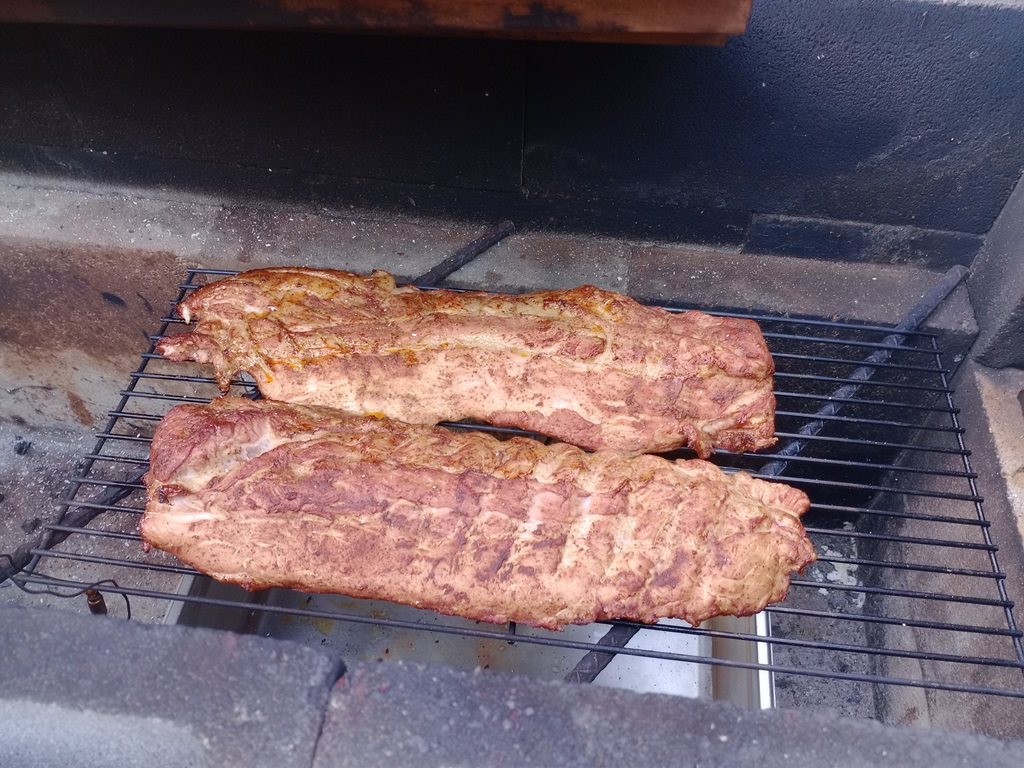In testing out various ways to achieve disk compression on our PostgreSQL servers, I ended up with a server build with a version of ZFS newer that the package distribution. Which means I needed to recreate the pool to use an older version of ZFS that would be updated as part of the routine patching. Beyond backing up and restoring the data …
# Get rid of existing pool
zpool export pgpool
zpool destroy pgpool
zpool list # this still shows a pool on sdb
# Clear the label
zpool labelclear /dev/sdb
# Didn’t work, so blow away everything on sdb
dd if=/dev/zero of=/dev/sdb bs=1M count=10
wipefs -a /dev/sdb
# Uninstall custom built zfs
cd /root/zfs
make uninstall
Install new ZFS
yum install https://dl.fedoraproject.org/pub/epel/epel-release-latest-8.noarch.rpm
yum install kernel-devel
yum install https://zfsonlinux.org/epel/zfs-release-2-3$(rpm –eval “%{dist}”).noarch.rpm
dnf config-manager –disable zfs
dnf config-manager –enable zfs-kmod
yum install zfs
# Sign kernel modules
/usr/src/kernels/$(uname -r)/scripts/sign-file sha256 /root/signing/MOK.priv /root/signing/MOK.der /lib/modules/$(uname -r)/extras/zfs/avl/zavl.ko
…
/usr/src/kernels/$(uname -r)/scripts/sign-file sha256 /root/signing/MOK.priv /root/signing/MOK.der /lib/modules/$(uname -r)/extras/zfs/zfs/zfs.ko
# Reboot
init 6
# And start over — recreate the pool
zpool create pgpool sdb
zfs create pgpool/pgdata
zfs set compression=lz4 pgpool/pgdata
df -h /pgpool/pgdata/




